|
A cleverly constructed crime romp. The screenplay is what really stands out here, being complex but never convoluted, as it interweaves multiple characters into a familiar but distinct tale. Oscillating between gnarly violence, farcical humor, and dramatic resolve, Beasts Clawing at Straws' script is wonderfully assured and quite efficient. The directorial vision aims for aesthetic vibrancy, deploying a neon-soaked color palette that is clean, and colorful. It's far from distinctive visually but the aesthetic ultimately serves the tonal and thematic elements of the film well. Money corrupts; Every character in this film is effectively out for themselves and attempting to escape their world through the promise of what money can grant them. Far from an overt social critique, Beast's primary intent rests in delivering an engaging narrative but given the film's farcical elements and jovial attentiveness for abject violence, there is little doubt about its thematic subtextual intent related to the pervasive effect the economic-political apparatus has on the social.
0 Comments
Featuring a rich, layered text, Koji Fukada The Real Thing delivers a singular and subversive love story that offers a lively and biting critique of the repression intrinsic to Japanese social order and the pernicious effects it can place on the individual and collective psyche. Wonderfully unraveling with a sense of unease and emotional effectiveness at how it captures affection and longing, The Real Thing exhibits an acute understanding of the pervasive nature repression has placed on the collective identity of Japan, subtle in the way it details the strife it causes as it permeates throughout various facets of society. What begins as what almost amounts to a quirky love story about a boy seeking a sense of adventure and the oddball woman he can't seem to forget quickly transforms into a layered story of trauma, one that offers a grandiose, provocative critique of Japanese society and its inability to confront the toxicity it creates through its avoidance of social conflict, personal pain, and emotional honesty. The Social performance intrinsic to Japanese society, the external persona vs. the internal struggle - This obfuscation of pain or trauma feels very much a central theme of The Real Thing. Whether it be general mental health, the subservience of femininity to masculine desire, or how fragility itself is perceived as pejorative, the repression of trauma both physical and mental is of major significance throughout The Real Thing which elucidates how this order and stability projected by collective expectation is largely a mirage that restricts social healing and the acceptance of the struggle that is day-to-day living. Neglect of feeling for the sake of production. Emotions can often be illogical, affect painfully unquantifiable, yet they are paramount to our sense of being. The tropes of the modern romance film are repositioned and wielded with great utility, suggesting that the impulse towards love, the self-sacrifice it entails is by definition illogical, being in a sense at odds with the Japanese expectation of stoic production but absolute paramount to our internal desire for connection. A complex, wonderfully distinctive work that is masterfully told, The Real Thing is emotionally resonant and intellectually rigorous, a film which I can't imagine I won't return to repeatedly as it's ripe with subtext worthy of continuous investigation.
While this marks only my second excursion into Mani Ratnam's oeuvre it's becoming quite apparent he is major filmmaking who deploys a distinct and transfixing directorial style to his works that reverberate with sensuality and pulsate with a ferocity towards the complexities of living in a world far from just. Nayakan traverses the gangster film archetype with an acute lens fixated on existential questions of living, as the film tells this sprawling story of reciprocal force, being an investigation into the philosophical as it pertains to the merits of violence and the malleability of our interior selves by such pernicious aesthetics. Nayakan is rooted in the material with an eye towards the existential, assured yet self-reflexive about retributive justice, moral relativism, and class struggle. It's such a rich narrative tapestry that understands the complexities of its thematic investigations into injustice, violence, and progress. Nayakan exhibits how the individual is sculpted by their environment and acknowledges the transitive nature of any action, even when in pursuit of social justice and progress. The film ultimately doesn't question the merits of its central protagonist's choices and resolve, offering instead a perhaps far more piercing evocation - Did his personal sacrifice matter? Will his legacy ultimately forge progress or was it all simply for not; Is the perpetual nature of violence and conflict, perhaps in itself, intrinsic to man? Certainly one of the best "gangster" films ever made.
Johnnie To doing his best Tsui Hark impression, delivering a colorful, dynamic, experience that is so much fun and a nice reminder of what I want out of my superhero movies. An absolutely absurd story revolving around underground Chinese Nationalists with supernatural abilities who kill a lot of children in search of the next ruler of China or something? It doesn't really matter because Michelle Yeo, Anita Mui, and Maggie Cheung are here to save us all. Michelle Yeoh rocking a bright red bodysuit. Maggie Cheung on a chopper, dressed head-to-toe in black leather for much of this film. Anita Mui skipping across roof tops as a character that feels like a female version of Darkman without the deformed face. A colorful, heightened aura makes this whole film feel like a dream. What is there not to like?
Tsui Hark's cinematic grammar deployed to maximalist effect. Time in Tide is a film of constant motion, imbued with kineticism in every construction that entices the senses and emotes in every direction, from its downright staggeringly effective tapestries of violence to its romanticism that lurks underneath its nihilistic facade. The narrative structure is complex but far from indiscernible, operating on a plane in which the complex narrative serves the theme - chance and circumstance are just a part of life. For Hark, the world and its notions of social order is an abstraction, societal arrangements only provide an illusion of comfort with movement being a consistent obligation for survival. The anarchism intrinsic to day-to-day existence isn't necessarily a negative, it's simply the nature of living with the pursuit, the act of seeking out something more embedded into our very being. The formal style is extremely dynamic and entrancing in the vibrant kineticism it creates but its perpetual motion also perfectly encapsulates the theme. Constantly inventive and invigorating, Time and Tide is without question one of the prolific filmmaker's best later works.
American buddy-cop film infused with HK action sensibilities - the hype around this one is largely real! The formal style perfectly encapsulates the ethos of Hong Kong action cinema, delivering a highly dynamic display of kineticism that is inscribed with buddy-cop comedic flourishes that are uniquely American. Structurally a road movie, Drive is just an enjoyable romp that feels far from formulaic due to its proclivities for outre moments along the way - Brittney Murphy's whole character haha, including this characterization is from from structural, bordering on inconsequential, yet it's a irresistibly absurd performance and welcome addition that matches the heightened nature of this film's whole aura. Pre-dating Rush Hour by a year, there are some interesting comparisons to be had, yet they are very different, with Drive being far more attuned to the chaotic energy that makes Hong Kong cinema so irresistible. A lot of fun.
Masahiro Shinoda & Shūji Terayama construct one gonzo experience that is perhaps best described as an elevated, hitman musical infused with dark comedy. Deploying Mod-pop aesthetics, the general conception is simple yet malleable to Shinoda's penchant for formal panache, providing the director with ample opportunities to construct a stylish, striking, singular aesthetic. The pacing of the film is lackadaisical but feels intentionally so, investigating the peculiarities of these characters while building a distinct world. A memorable 60s effort that features some of Shinoda's familiar themes around societal corruption & the youth's rejection of the status quo. I would imagine this one will get better on repeat viewings and honestly, I'm shocked this isn't more of a cult hit. One has gotta love this time in Japanese cinema where filmmakers were effectively given carte blanche. Oh, I also like how the one hit girl has a pet-goat.
An exquisitely crafted familial drama that is economically constructed and extremely efficient in its dramatic resolve. The simplicity of its conception has little bearing on just how immersive this film manages to become, with The Killing of Two Lovers deploying a rigorous cinematic grammar that manages to be extremely effective emotionally yet methodical in the way it constructs and exhibits the interiority of its central protagonist. The formal style deployed here is deeply immersive visual and auditory experience; Tactical in how it elicits the tumultuous state of this man through the use of an aesthetic that is both intimate yet cold, and foreboding. Matching this precise directorial vision is a staggeringly effective lead performance by Clayne Crawford. Emotional distance is palpable, the lack of control one has over something they care so deeply about is utterly devastating and felt in every frame. Oscillating between tight, restrictive visual compositions that enunciate the intimacy of this story with wider compositions that evoke the cold emptiness this man feels deep in his bones, The Killing of Two Lovers is an extremely effective work and for my money, one of the best American films I've seen so far this year.
Tam's Love Massacre is one of the more singular deployments of the horror genre I've ever experienced, infusing European impressionist aesthetic sensibilities - the cold precise aesthetics of Antonioni & the color/vibrancy of Godard - with that lean narrative form of the slasher film to deliver a singular vision ripe for inquiry and interpretation related to the male ego, diaspora, and environment-induced nihilism. A transfixing deconstruction of wealthy, diasporic ennui, Love Massacre is in a sense antithetical to Tam's Nomad in the way violence and destruction feels inevitable - the cold, aesthetic deployed here consistently evoking a sense of detachment and alienation that is palpable and uneasy. Love Massacre is in a sense of a deeply nihilistic film, one in which the dissolution of the male ego towards violence is palpable and even inevitable. In desperate need of restoration, Love Massacre is a bit indiscernible, yet it remains a deeply entrancing experience in which Tam's directorial prowess is on full display and I'd love to see a version of this film in which I could accurately decipher just how good it truly is.
A beautifully constructed character piece full of pensive atmospherics, Wood and Water deploys a formal style deeply rooted in meditative expressivity as it aims to elucidate the sense of existential longing often inflicted on the older generation as they move towards the final stage of their life. Following a woman, as she reflects on her familial past and distorted present after retirement, Wood and Water is a story of identity and the parental void, as it subtly exhibits how in the transnational exchange of commodities and bodies, the old have been devalued, having no prescribed, societal utility after they've retired and fulfilled their social obligation as parents. There are moments in this film I found to be striking and deeply affecting, yet I don't think it quite manages to completely succeed on the emotional level it strives for. Nonetheless, I found myself consistently captivated and enamored by its pensive cinematic grammar and directorial precision. I think it touches on a lot of interesting themes related to modernity, globalism, and how we construct our identities. Wood and Water exhibits the pernicious effects neglect of the old can have on their sense of purpose. Contemporary life devalues them and while Wood and Water is deeply melancholic it ultimately offers a sense of hope related to human consciousness, exhibiting a belief in the human spirit's ability to be malleable and reflexive to external societal forces. It is through intimate social interaction in which learn and forge new paths within our own identity, life being a wonderous but continuous struggle to sculpt ourselves in a way that moves us progressively towards happiness.
|
AuthorLove of all things cinema brought me here. Archives
June 2023
|
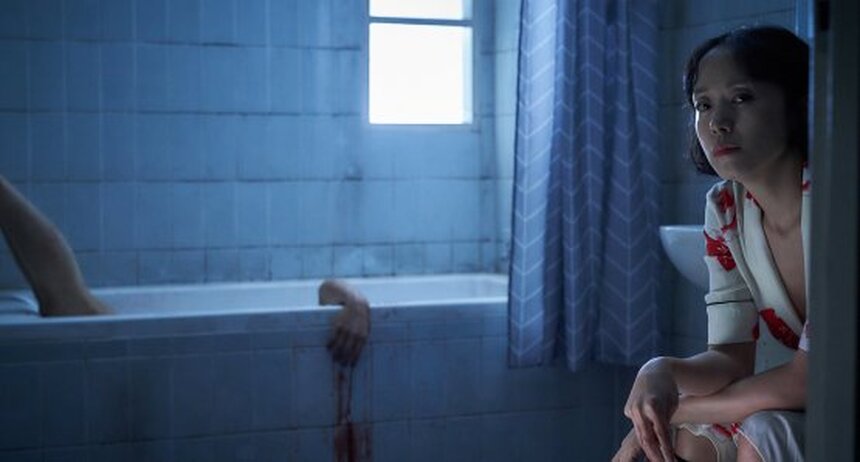
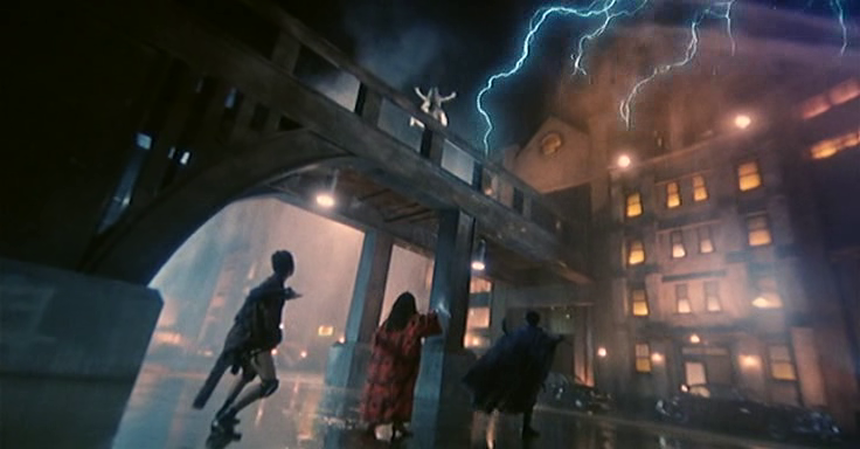
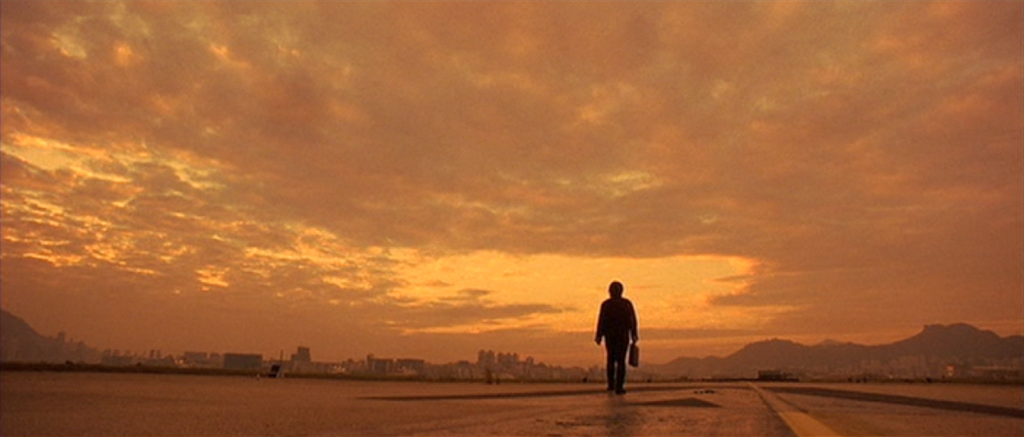

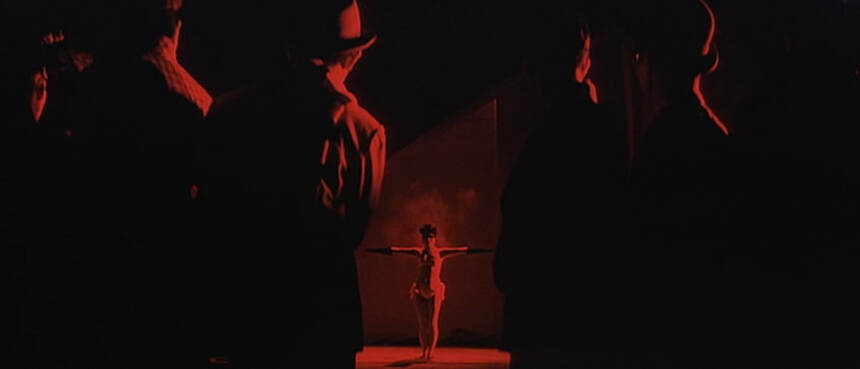
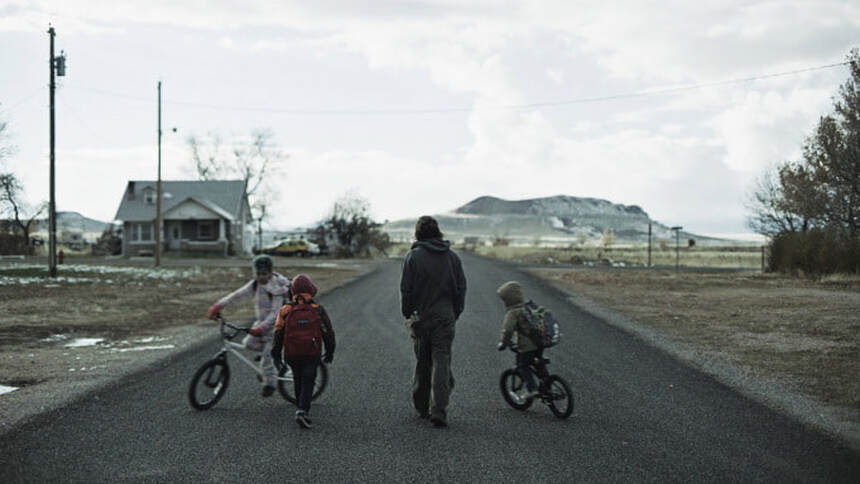
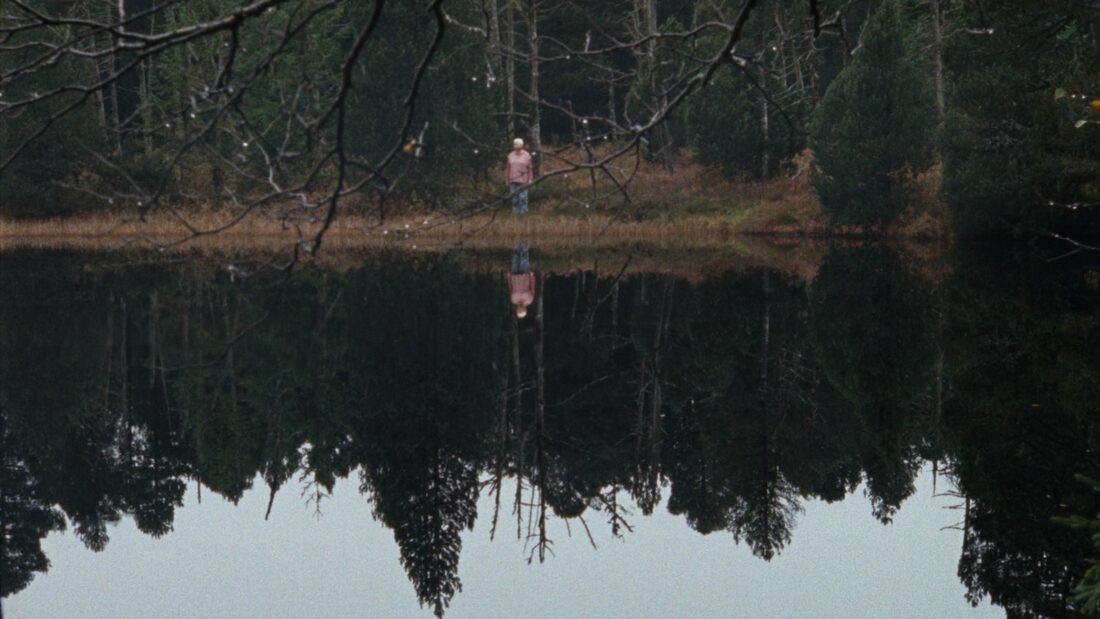
 RSS Feed
RSS Feed
